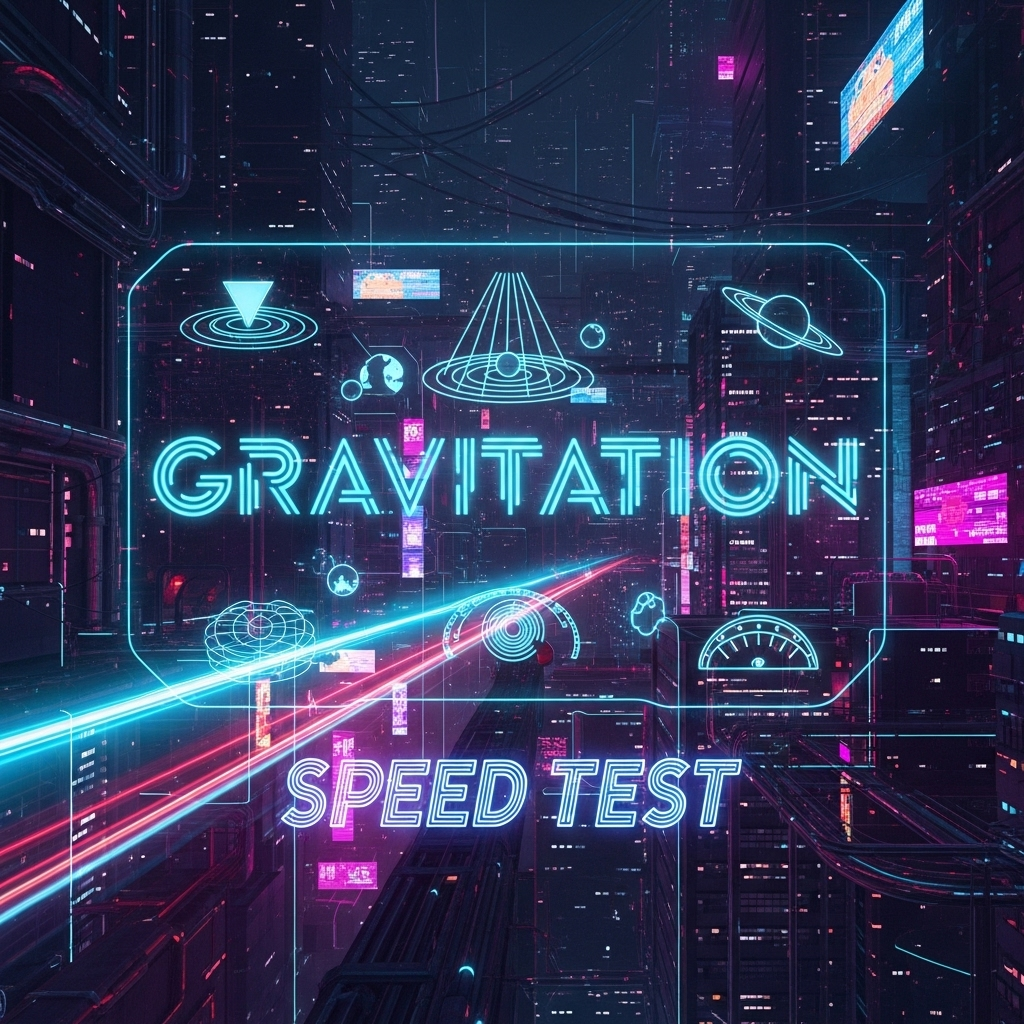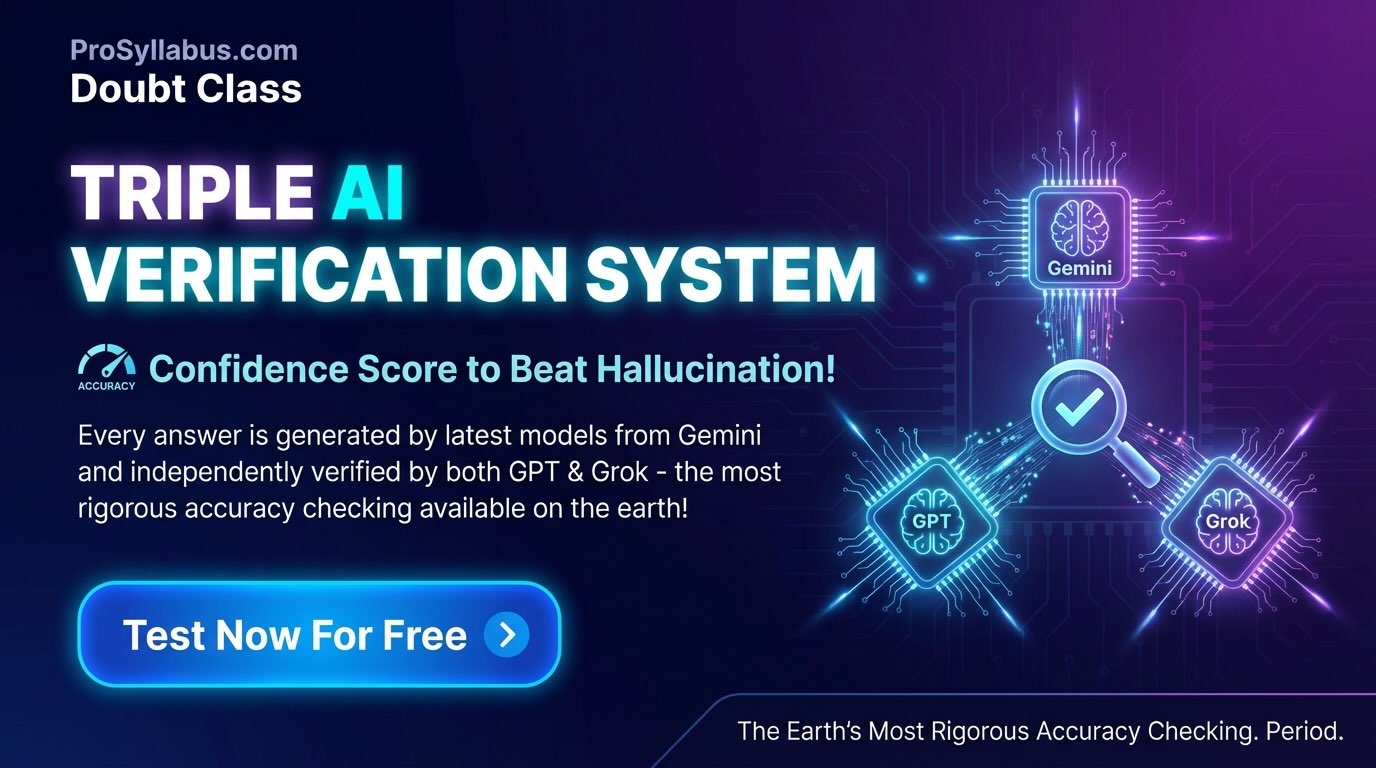Gravitation Mastery – Interactive Quiz & Cheatsheet
Boost your understanding of Gravitation with this engaging quiz and quick-reference guide tailored for exam success
Updated: 4 months ago
Categories: Mini Game, Physics, Class 11, Gravitation

Gravitation Cheatsheet
Key Concepts & Formulas
- Newton's Law of Gravitation: \( F = G \frac{m_1 m_2}{r^2} \), where \( G \) is the gravitational constant.
- Gravitational Constant: \( G = 6.674 \times 10^{-11} \, \text{Nm}^2/\text{kg}^2 \)
- Weight: \( W = mg \), where \( g \) is acceleration due to gravity.
- Acceleration due to Gravity: \( g = \frac{GM}{R^2} \), where \( M \) is Earth's mass and \( R \) is Earth's radius.
- Gravitational Potential Energy: \( U = -G \frac{mM}{r} \)
- Escape Velocity: \( v_e = \sqrt{\frac{2GM}{R}} \)
- Orbital Velocity: \( v = \sqrt{\frac{GM}{r}} \)
- Kepler’s Third Law: \( T^2 \propto r^3 \) (period squared is proportional to radius cubed)
Quick Reference Table
| Concept | Formula | Description |
|---|---|---|
| Newton's Law | \( F = G \frac{m_1 m_2}{r^2} \) | Force of gravity between two masses |
| Acceleration | \( g = \frac{GM}{R^2} \) | Gravitational acceleration at surface |
| Potential Energy | \( U = -G \frac{mM}{r} \) | Energy due to gravitational attraction |
| Escape Velocity | \( v_e = \sqrt{\frac{2GM}{R}} \) | Minimum velocity to escape gravity |
| Orbital Velocity | \( v = \sqrt{\frac{GM}{r}} \) | Velocity to maintain circular orbit |
| Kepler’s 3rd Law | \( T^2 \propto r^3 \) | Relation between orbit period & radius |
Advice
Understand the inverse square law: Gravity decreases with the square of the distance.
Use consistent units: Always convert masses to kilograms, distances to meters, and forces to newtons.
Remember energy signs: Gravitational potential energy is negative, indicating a bound system.
Escape velocity depends on radius: Smaller radius means higher escape velocity.
Kepler’s law is empirical: Use it for orbit time-radius relations but not for forces.
Gravitation Quick Tips
- Universal Law: Contacts between all masses produce gravitational force.
- Vector Nature: Gravity acts along the line joining two masses.
- Shell Theorem: Spherical shells of mass behave as if all mass is concentrated at the center.
- Orbital Motion: Velocity depends on radius of orbit and central mass.
- Energy Conservation: Total mechanical energy in orbit = kinetic + potential.
Gravitation Speed Quiz
Test your speed with 5 gravitation questions! You have 30 seconds per question.
Question: 1/5
Time left: 30s
Quiz Complete!
Your Score: 0/5

Group Discussions
No forum posts available.


